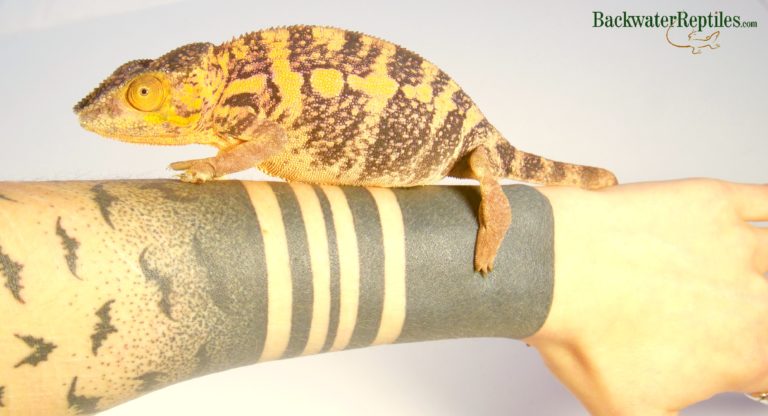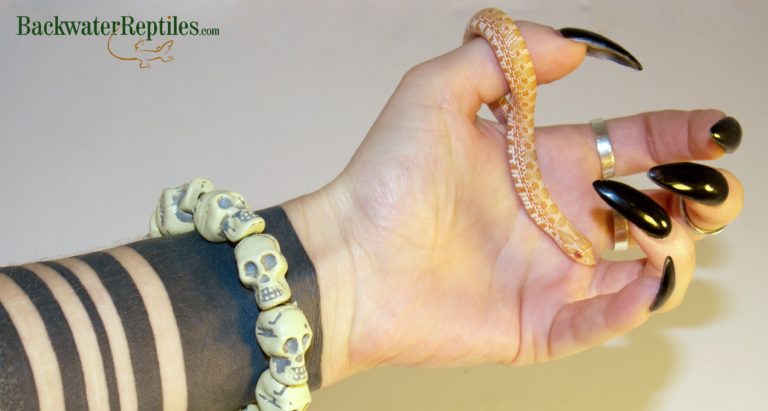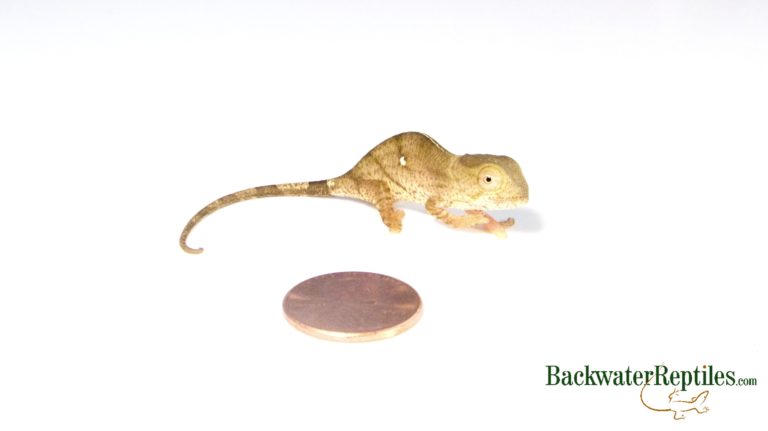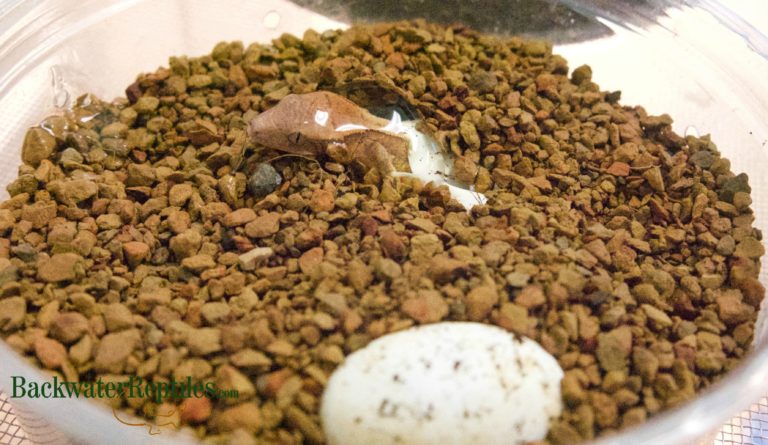Reptiles, amphibians, and invertebrates that are kept as pets or display animals are actually not considered domestic animals. Cats and dogs have been bred for generations to select for specific traits that make them more appealing as companion animals to human beings, but the same is most certainly not true for our scaley friends.
Did you know that many species of reptile, amphibian, and invertebrate are actually caught in their native homes and then brought into captivity to be our pets? While this is most certainly not the case for all exotic pets, it is a truth that not everyone is aware of.
In this article, we will discuss wild caught versus captive bred animals and what that ultimately means for us as pet owners.

Which Should I Choose? A Captive Bred Animal or a Wild Caught One?
Benefits of Captive Breeding
Many people prefer captive bred reptiles because they tend to have cleaner bills of health overall. Because they were born into sanitary conditions with parents who were likely well cared for, the babies are usually very sturdy and hardy. Their parents were fed well, their enclosures were cleaned regularly, and they were also free of parasites encountered in the wild. This means that these benefits will be passed on to the offspring.
It’s also true that babies who are used to captive conditions will continue to thrive in them. It’s much easier to train a baby snake that was born in captivity to accept frozen/thawed mice than to capture a snake from the wild and teach it to accept non-living prey. In other words, captive bred babies are typically proven, non-picky feeders.
Another benefit to adopting a captive bred animal is that it is likely to be more tame. Although we’ve already mentioned that reptiles and exotic pets in general are not considered domestic and therefore can’t be labelled as truly “tame,” they can most certainly be more accustomed to people, being handled, and the every day normal operations that come with being someone’s pet. In other words, we’ve found that captive bred animals are usually more docile and have better temperaments than their wild caught counter parts.
Captive breeding programs also allow for an immense variety of markings and colorations within a single species. This is why the number of morphs of Leopard Geckos and Corn Snakes is seemingly endless, although there are certainly quite a few other species with just as many morphs and morph combination possibilities. While this might seem superficial, many reptile collectors and hobbyists enjoy the color and pattern diversity.
Finally, many owners choose captive bred animals because they can raise their pet from infancy. This enables them to know their pet’s age more accurately and also to enjoy the animal for the duration of its entire life. With wild caught animals, this is simply not possible since most are captured as juveniles or adults.

Downsides of Captive Breeding
One possible downside of captive breeding is the potential for the animals to be “mass produced,” so to speak. We’ve never personally witnessed this on a first hand basis (thankfully!), but since it does happen with designer dogs and cats, there is a chance that it could happen with our scaley friends as well.
We hope that all breeders who have success treat their animals with respect and dignity and not simply as a business venture. They are living creatures after all.
Sadly, with any breeding project, there is also a risk of inbreeding and birth defects. Again, this is rare occurrence and it would take several generations for the effects to show, but it could happen.
The best way to avoid these two potential pitfalls is simply to research where your pet is coming from. We recommend buying from a reputable breeder who has plenty of experience or else viewing the animal in person prior to purchasing.

Benefits of Keeping Wild Caught Animals
Although it might seem unethical to some to capture animals from the wild, the truth is that many of the less common species that are available to keep as pets are not always available through captive breeding programs. What this means is that if someone wants a rare species of reptile or amphibian, it will likely only be available as wild caught and will probably come with a higher price point as well.
You might be wondering, well, why can’t some species be captive bred? Sometimes the species has very specific requirements for breeding and reproducing that only the most elaborate habitats can replicate. Other times, we might not have enough information on a given species’ reproductive habits in order to successfully breed them in captivity on a larger scale.
Another benefit to keeping wild caught animals is that it allows breeders to focus on conservation efforts. For instance, Parson’s Chameleons are a highly regulated species to import into the U.S. However, Backwater Reptiles actually had several clutches of both baby Yellow-Lipped and Orange-Eye Parson’s Chameleons born in captivity in the last two years and we were able to avoid importing wild-caught animals with potential health issues such as malnourishment or internal parasites.

Downsides of Keeping Wild Caught Animals
Probably the most obvious downside to keeping a wild caught reptile as a pet is the possibility that the animal might not be as healthy as a captive bred one. Rarer species that are typically wild caught can have internal parasites and other bacterially-borne illnesses. While these can be treated with Panacure or antibiotics, it often requires a quarantine period and special precautions must be taken in order to ensure that the animal does not spread illness to any other animals an owner might have in their home. Let’s face it – most herp owners don’t have just one pet reptile!
Another side effect of the wild caught pet trade is the possibility that it could unintentionally promote the capture of species that are strictly regulated for import or capture. While Backwater Reptiles steers clear of illegally captured animals, there are reports in the news of animals being confiscated at airports and even being stolen from nature preserves simply to be sold on the black market. This is obviously not an issue with captive bred animals.
Finally, many herp owners prefer captive bred pets over wild caught ones because they know the exact age and health conditions of their animal. This is just not possible if an animal has been wild caught. While this might not seem significant at first glance, for owners who want to keep their pet for the full duration of its life (from hatchling to mature adult), it can make all the difference.

What Did We Learn?
Ultimately, it is all a matter of personal judgment whether you are most comfortable purchasing a captive bred or wild caught pet.
We understand that certain species such as Ball Pythons, Leopard Geckos, Corn Snakes, and Bearded Dragons breed readily in captivity and are hardly ever sold as wild-caught animals anymore. On the other hand, many experienced herp enthusiasts are after more exotic species that don’t reproduce as readily in captivity. Therefore, a wild caught specimen is likely the only option and therefore the best one.
We aren’t intending to make the choice for you — we simply want to present you with the pros and cons of each option and allow you to make the decision that suits your needs best.
